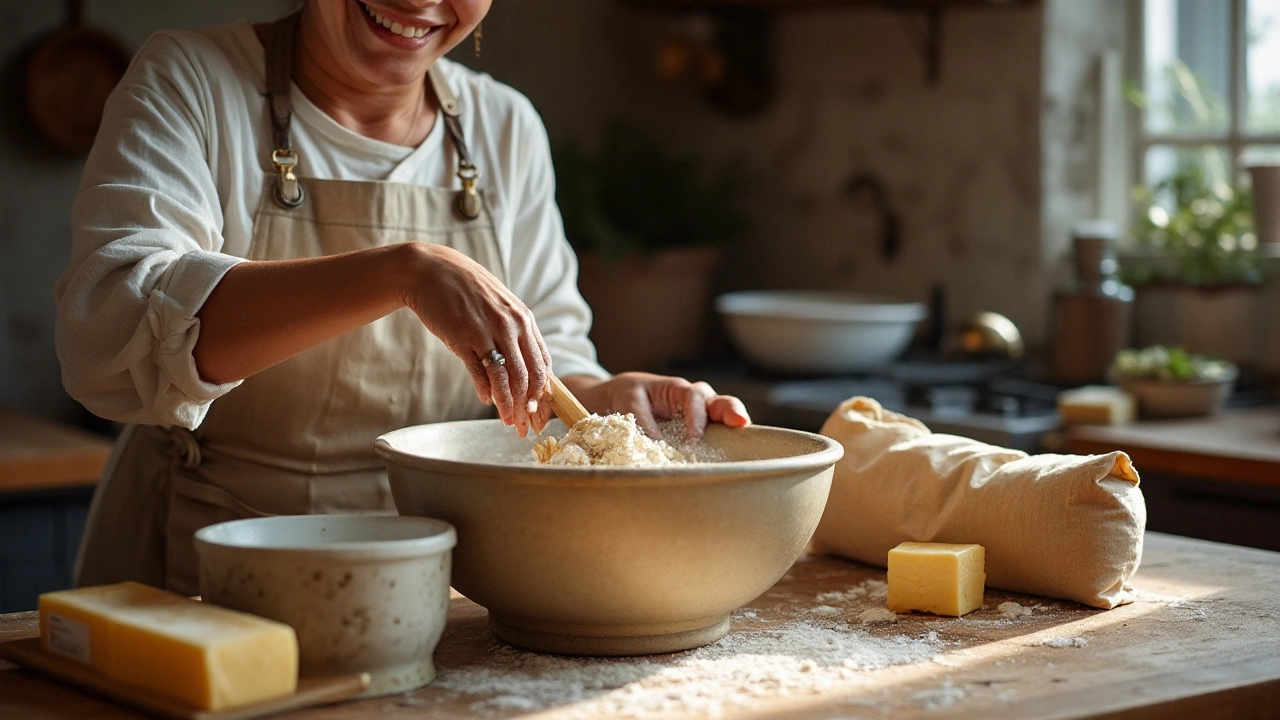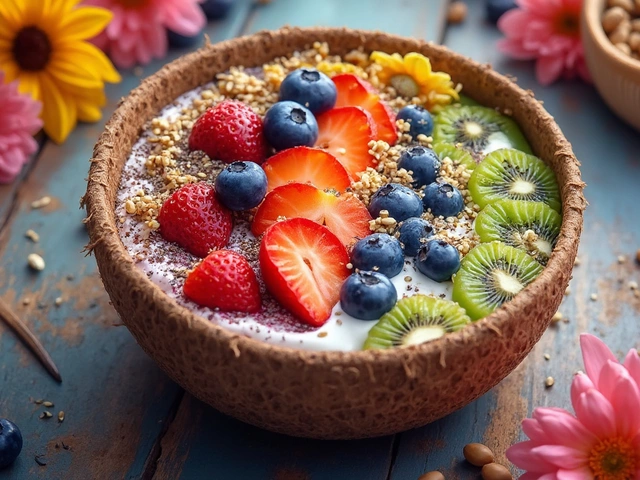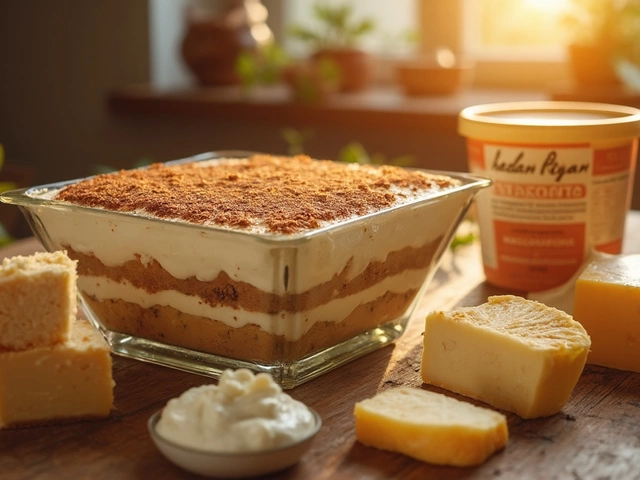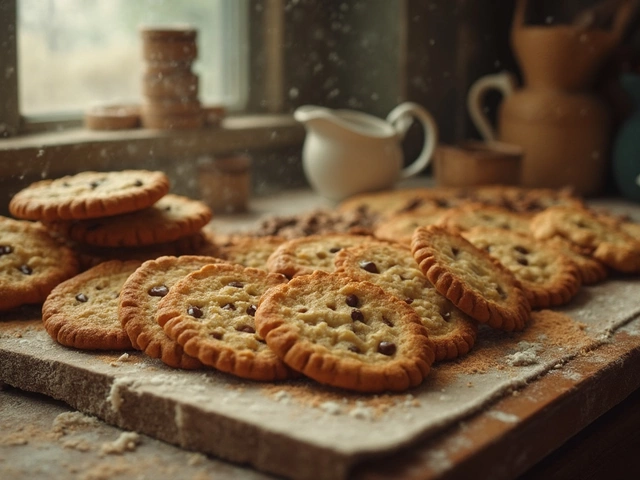Baking Essentials: Your Go‑To Guide for Perfect Desserts
Ever wonder why some recipes nail it while others fall flat? The difference is usually the basics – the tools you use and the tricks you know. You don’t need a fancy kitchen to bake great treats, but having the right essentials makes every batch easier and more reliable. Below you’ll find the gear and methods that turn ordinary attempts into reliable successes, whether you’re whipping up fudge or frosting a birthday cake.
Tools Every Baker Needs
A kitchen scale is the single biggest game‑changer. Weighing flour, sugar, and butter gives consistent results, especially when you’re scaling recipes up or down. Pair the scale with a good oven thermometer – many ovens run hotter or cooler than the dial says, and that tiny variance can ruin a delicate sponge or overcook a custard.
A silicone baking mat replaces parchment paper and greasing, giving a non‑stick surface that lasts for years. It also helps cookies spread evenly, which is why you’ll see a smoother rise in the articles about perfect cookies. A sturdy whisk, a rubber spatula, and a set of heat‑proof mixing bowls round out the basic kit. If you bake gluten‑free often, a small offset spatula helps lift batter without tearing it, reducing the chance of sunken cakes.
Techniques That Save Your Bake
Temperature matters more than you think. Our "Fudge Temperature Guide" shows that hitting the soft‑ball stage (around 235‑240°F) is key for smooth, creamy fudge. A candy thermometer lets you watch the heat climb, and if you’re at altitude, add a few extra minutes to keep the fudge from turning grainy.
Checking for spoilage is another must‑know skill. The "How to Tell If Brownies Are Bad" post explains that off‑smell, dry edges, or a sour taste are clear signs to toss. Store brownies in an airtight container and they’ll stay fresh for days, saving you from accidental waste.
If you’ve tried gluten‑free cakes, you’ve probably seen them sink. The "Gluten‑Free Cakes Sink" article points out that too much liquid or insufficient leavening cause this. Adding a bit more baking powder and using a light flour blend keeps the crumb airy.
Eggs are the backbone of many desserts – skipping them in cheesecake, for instance, changes texture dramatically. Our "What Happens If You Skip Egg in Cheesecake?" guide suggests using a mixture of yogurt and cornstarch as a reliable substitute, preserving the creamy mouthfeel without compromising structure.
Finally, don’t overlook simple storage hacks. Freezing tiramisu, as covered in "Can You Freeze Tiramisu?", works if you wrap it tightly in plastic and freeze in a single layer. Thaw it in the fridge overnight for a dessert that tastes fresh‑made.
Mastering these essentials – the right tools and a handful of proven techniques – makes baking feel less like guesswork and more like a hobby you can trust. Dive into the related posts for deeper tips, and you’ll see your desserts improve with every bake.

Essential Ingredients for Perfect Homemade Cookies
Creating delicious homemade cookies starts with understanding the three essential ingredients: flour, sugar, and fat. Each ingredient plays a critical role in shaping the flavor, texture, and structure of the cookies. This article explores the significance of these basic components, offers interesting facts about their use, and provides practical tips for achieving the perfect cookie every time. Whether you're an experienced baker or a beginner, embracing these fundamentals allows you to bake with confidence and creativity.
View More




